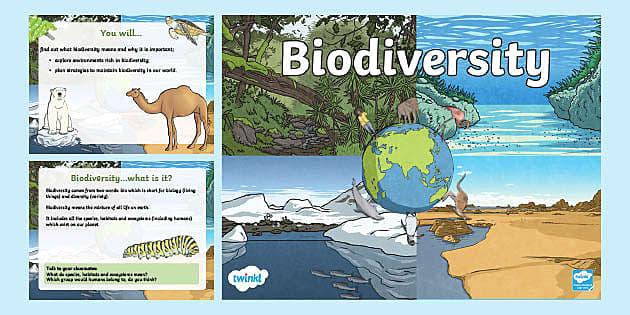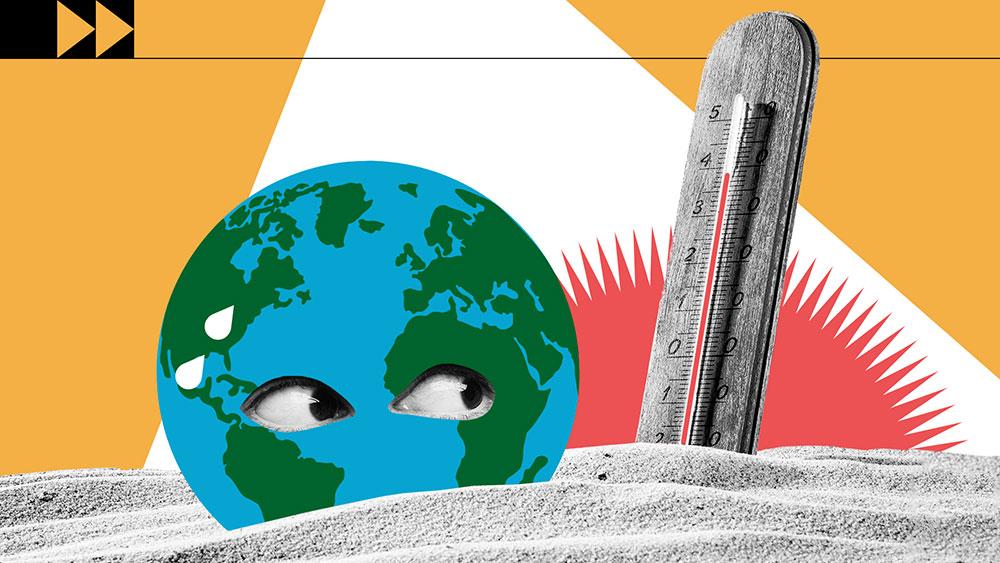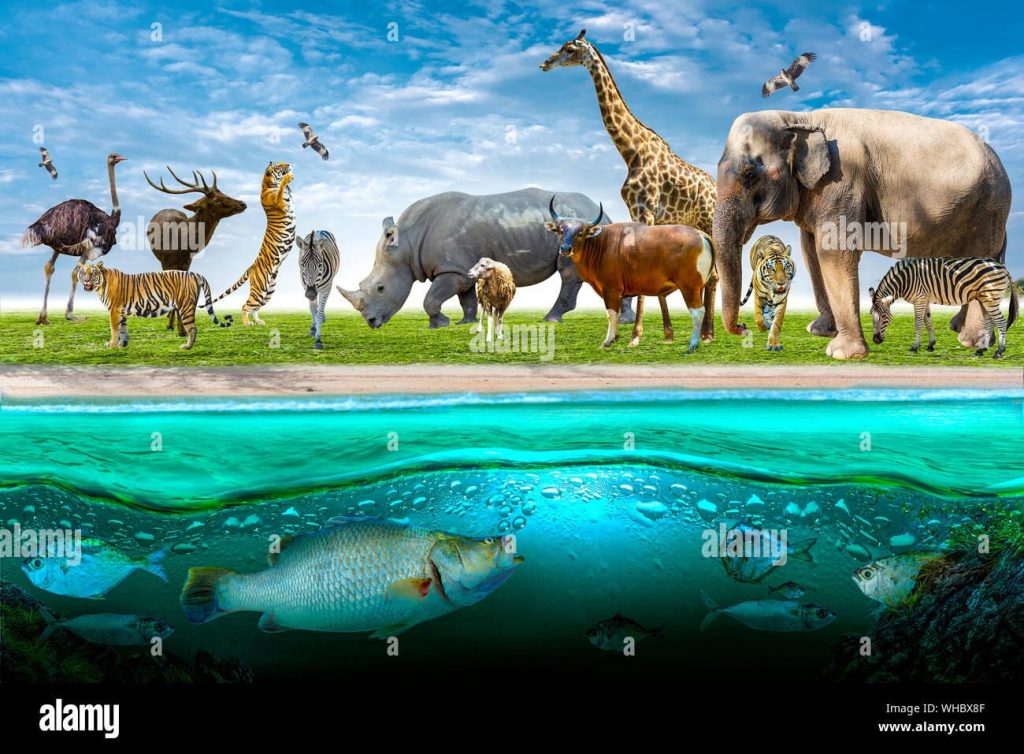In the twilight of a dense forest, the echoing call of a distant bird pierces the stillness, a reminder of the intricate web of life that flourishes in the wild. Each rustle of leaves, the whisper of the wind, and the flicker of movement among the shadows tells a story of resilience and interconnectedness. Yet, as humanity encroaches upon these natural sanctuaries, the delicate balance that sustains countless species hangs precariously in the balance. Wildlife conservation efforts emerge as a beacon of hope in this fragile landscape, offering a lifeline to creatures and ecosystems increasingly threatened by climate change, habitat loss, and poaching. To comprehend the vital role these initiatives play, we must delve into the intricate relationships between species and their habitats, explore the challenges they face, and recognize the indispensable value of biodiversity in our world. This article seeks to illuminate the fundamental importance of wildlife conservation, not just for the species that inhabit our planet, but for the health and future of humanity itself.
Table of Contents
- The Importance of Biodiversity in Ecosystem Stability
- The Impact of Climate Change on Wildlife Habitats
- Strategies for Community Engagement in Conservation Initiatives
- Fostering Global Collaboration for Sustainable Wildlife Management
- Future Outlook
The Importance of Biodiversity in Ecosystem Stability

The delicate balance of ecosystems relies heavily on the intricate web of biodiversity. Each species, no matter how small or seemingly insignificant, plays a pivotal role in maintaining the stability of its environment. Biodiversity contributes to essential ecological services, including nutrient cycling, pollination, and disease regulation. The loss of a single species can trigger a cascade of negative effects, disrupting food webs and leading to unforeseen consequences. With a diverse array of organisms, ecosystems can better withstand changes and recover from disturbances, ensuring longevity and resilience.
Furthermore, diverse ecosystems provide a wealth of resources fundamental to human survival and prosperity. The variety of species contributes to food security, medicines, and materials, underscoring our reliance on natural systems. Protecting biodiversity means safeguarding these vital resources for future generations. To illustrate the impact of biodiversity on ecosystems, consider the following table that highlights the interconnected roles various species play:
| Species Type | Role in Ecosystem | Example |
|---|---|---|
| Pollinators | Facilitate plant reproduction | Bees |
| Predators | Control population sizes | Lions |
| Decomposers | Recycle nutrients | Earthworms |
The Impact of Climate Change on Wildlife Habitats

Climate change is reshaping the natural world at an alarming pace, creating a ripple effect that dramatically alters wildlife habitats. As global temperatures rise, various ecosystems are experiencing shifts that threaten the delicate balance between species and their environments. Some of the most visible consequences include:
- Shifting Habitats: Many species are migrating to cooler areas, leading to the displacement of native wildlife.
- Altered Food Chains: Changes in temperature and precipitation patterns are disrupting the availability of food, influencing predator-prey relationships.
- Increased Extreme Weather Events: Animals are frequently exposed to severe droughts, floods, and storms, which further destabilize their habitats.
These disruptions underscore the urgent need for effective conservation strategies. Organizations and communities are stepping up to implement measures that help preserve wildlife in their native habitats. Vital actions include:
- Habitat Restoration: Engaging in reforestation, wetland restoration, and the removal of invasive species to revitalize ecosystems.
- Protected Areas: Establishing parks and reserves to safeguard essential habitats from human encroachment.
- Community Education: Raising awareness of the importance of biodiversity and the role local communities can play in conservation efforts.
| Impact of Climate Change | Effect on Wildlife |
|---|---|
| Rising Sea Levels | Flooding of coastal habitats, loss of nesting grounds for birds. |
| Temperate Shifts | Altered migration patterns, mismatched breeding seasons. |
| Increased Wildfires | Destruction of habitat, stress on already vulnerable species. |
Strategies for Community Engagement in Conservation Initiatives
Engaging local communities in conservation efforts is essential for fostering long-term commitment and support. One effective strategy is to create partnerships with local organizations, including schools, NGOs, and businesses, which can leverage existing relationships and networks. By involving community members in the planning and implementation phases, initiatives can be tailored to meet local needs and perspectives. Additionally, providing educational workshops and training sessions empowers local populations, equipping them with the knowledge to become active participants rather than passive beneficiaries.
Another powerful approach involves showcasing the tangible benefits of conservation to the community. This can be achieved through:
- Promoting eco-tourism initiatives that generate income for local businesses while highlighting the region’s natural beauty.
- Implementing citizen science projects, where locals can contribute to data collection and monitoring efforts, thereby fostering a sense of ownership.
- Organizing community events such as clean-up drives and tree planting days, which not only beautify the area but strengthen community bonds.
| Engagement Strategy | Benefit |
|---|---|
| Partnerships with Local Organizations | Broader Reach and Established Trust |
| Educational Workshops | Empowerment through Knowledge |
| Eco-Tourism Promotion | Economic Growth via Conservation |
Fostering Global Collaboration for Sustainable Wildlife Management
In today’s interconnected world, addressing the challenges surrounding wildlife conservation requires a concerted effort that transcends borders and disciplines. Global collaboration allows nations, organizations, and communities to pool their resources, knowledge, and innovative practices, leading to more effective strategies for sustainable wildlife management. This cooperation often manifests through partnerships that facilitate the sharing of scientific research, conservation techniques, and funding opportunities. Engaging local communities in these initiatives not only amplifies efforts but also ensures that conservation measures are culturally relevant and economically viable.
One key aspect of fostering international collaboration is the establishment of frameworks that encourage participation and accountability. Such frameworks may include:
- International Treaties: Agreements like CITES (the Convention on International Trade in Endangered Species) help regulate trade and protect species globally.
- Joint Research Initiatives: Collaborative projects among universities and conservation organizations that focus on data collection and analysis enhance our understanding of species and ecosystems.
- Community Engagement Programs: Integrating local knowledge and practices into conservation plans for a more holistic approach.
By fostering an environment of shared responsibility, we can create a unified front against biodiversity loss and strengthen our collective commitment to preserving our planet’s wildlife for future generations. This collective approach can be further supported through informative platforms and initiatives designed to track progress, share success stories, and identify challenges that need addressing. The potential for impactful change lies in our ability to work together, creating initiatives that resonate on a global scale.
Future Outlook
As we conclude our exploration of the crucial role that wildlife conservation efforts play in maintaining the balance of our ecosystems, it’s essential to reflect on the interconnectedness of all living beings. Each species, whether large or small, contributes to the intricate web of life that sustains our planet. The threats posed by habitat destruction, climate change, and poaching are not just challenges for wildlife; they resonate with our own survival as a species.
Through understanding and supporting conservation initiatives, we not only protect these creatures but also uphold the health of our environment for future generations. The stories of success and resilience in wildlife conservation remind us that collective action can lead to meaningful change. As stewards of the Earth, we have both the responsibility and the potential to make a difference.
In the coming years, as we face new environmental challenges, let us carry forward the lessons learned from past conservation efforts and remain vigilant in our pursuit to safeguard the incredible biodiversity that surrounds us. The journey towards a more harmonious coexistence with nature is ongoing, and each step we take matters. With our continued commitment and awareness, we can ensure that the stories of wildlife endure long into the future.



